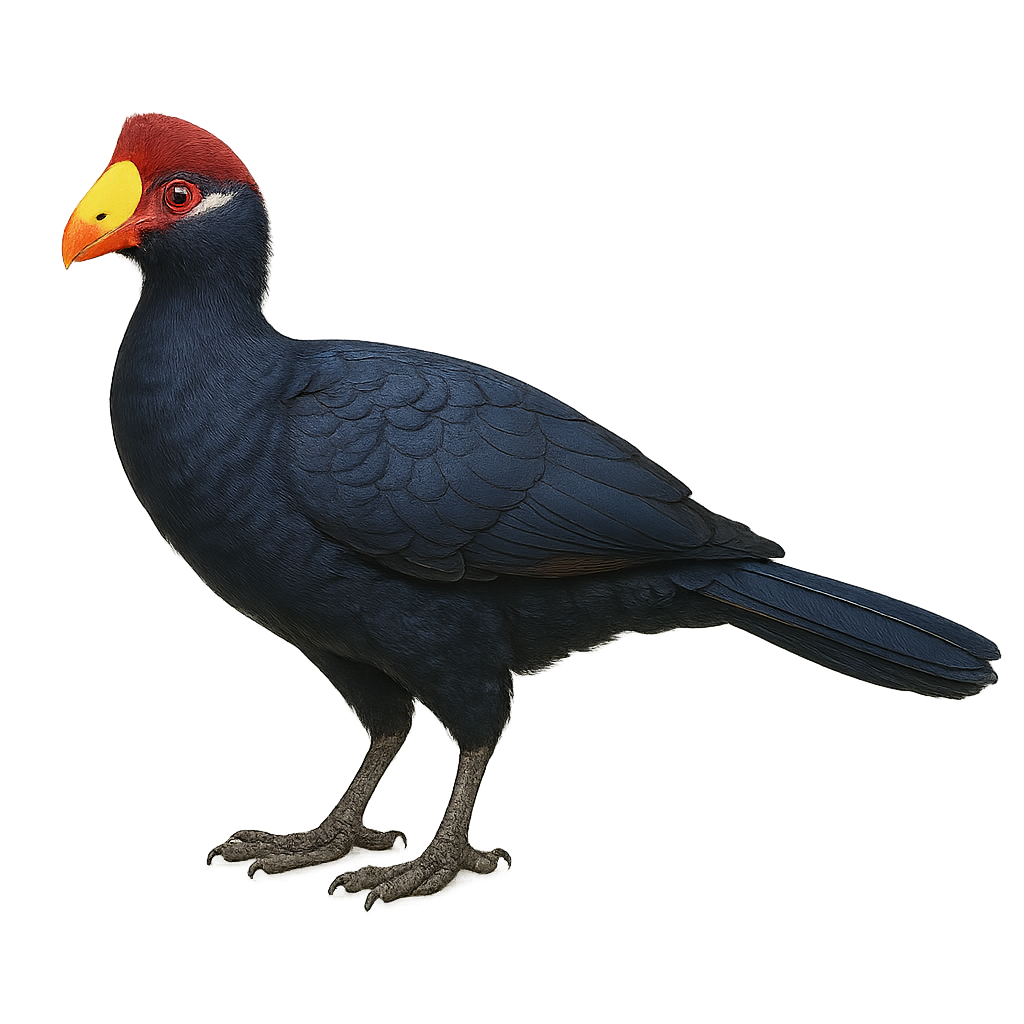Your wildlife photography guide.
Explore the violet turaco in detail, study its behavior, prepare your shots.
Where to observe and photograph the violet turaco in the wild
Learn where and when to spot the violet turaco in the wild, how to identify the species based on distinctive features, and what natural environments it inhabits. The WildlifePhotographer app offers tailored photography tips that reflect the violet turaco’s behavior, helping you capture better wildlife images. Explore the full species profile for key information including description, habitat, active periods, and approach techniques.
Violet Turaco
Scientific name: Tauraco violaceus

IUCN Status: Least Concern
Family: MUSOPHAGIDAE
Group: Birds
Sensitivity to human approach: Suspicious
Minimum approach distance: 10 m
Courtship display: June to September
Incubation: 21-23 jours
Hatchings: June to October
Habitat:
Tropical forests, wooded savannas
Activity period :
Primarily active during the day, with peak activity in the morning and late afternoon.
Identification and description:
The Violet Turaco, or Tauraco violaceus, is a fascinating bird known for its striking plumage and captivating social behaviors. Native to the dense forests of West Africa, this bird features predominantly violet plumage with shades of green and red on its wings, making it easily recognizable. It measures about 45 cm in length and has a distinctive crest. The Violet Turaco is an arboreal bird, moving nimbly through the canopy in search of fruits, its primary food source. It is also known for its distinctive vocalizations, often described as raucous calls. Although generally tolerant of human presence, it prefers habitats where vegetation is dense, providing protection from predators.
Recommended lens:
400mm – adjust based on distance, desired framing (portrait or habitat), and approach conditions.
Photography tips:
To photograph the Violet Turaco, it is advisable to use a 400mm lens or longer to capture detailed images without disturbing the bird. Look for areas where vegetation is dense, as these birds prefer habitats where they can hide. Be patient and discreet, as although they are tolerant, they can be suspicious. The best times to observe them are early in the morning or late in the afternoon when the natural light is soft and flattering.
The WildlifePhotographer App is coming soon!
Be the first to explore the best nature spots, track rutting seasons, log your observations, and observe more wildlife.
Already 1 429 wildlife lovers subscribed worldwide

